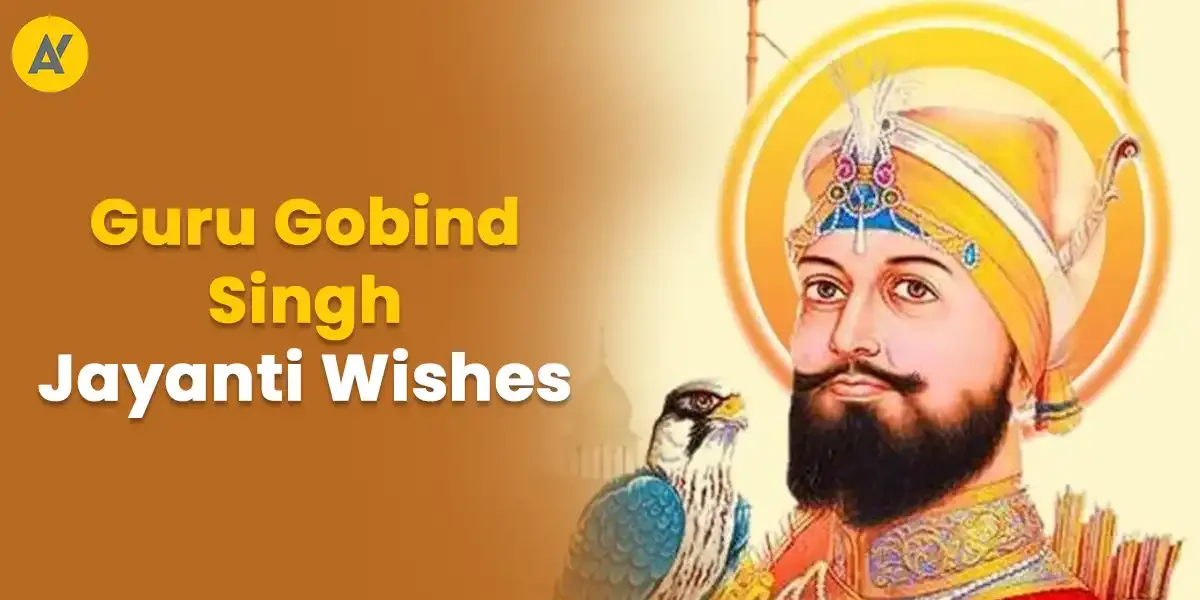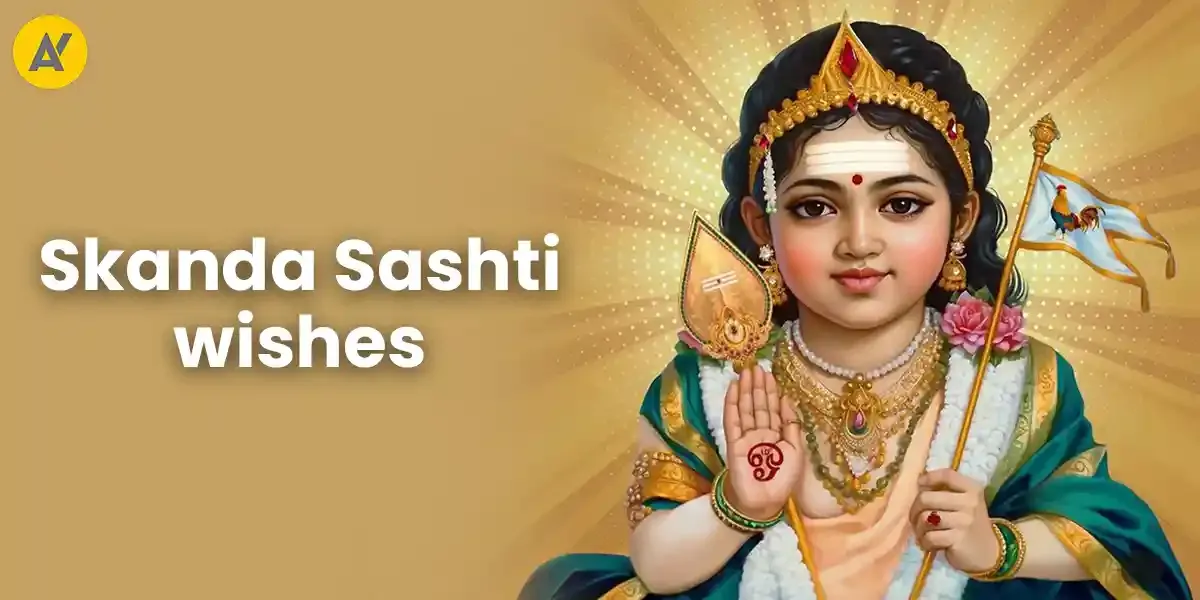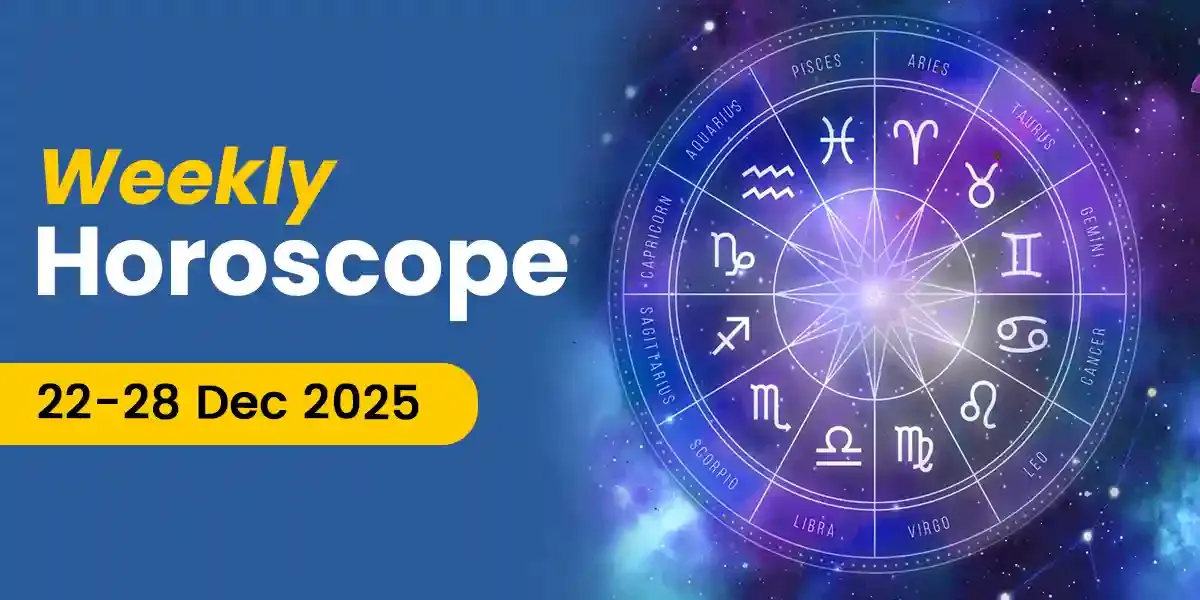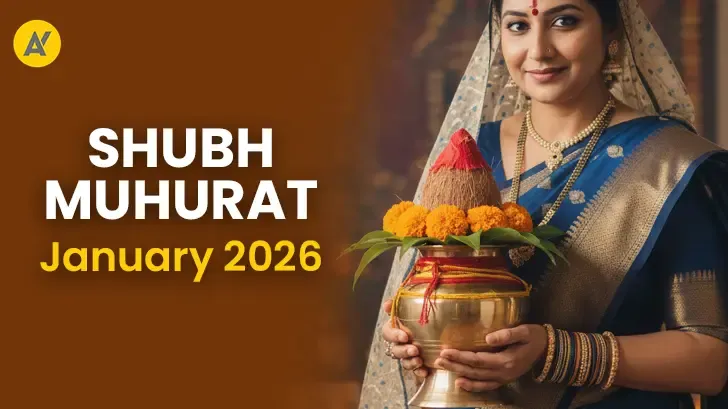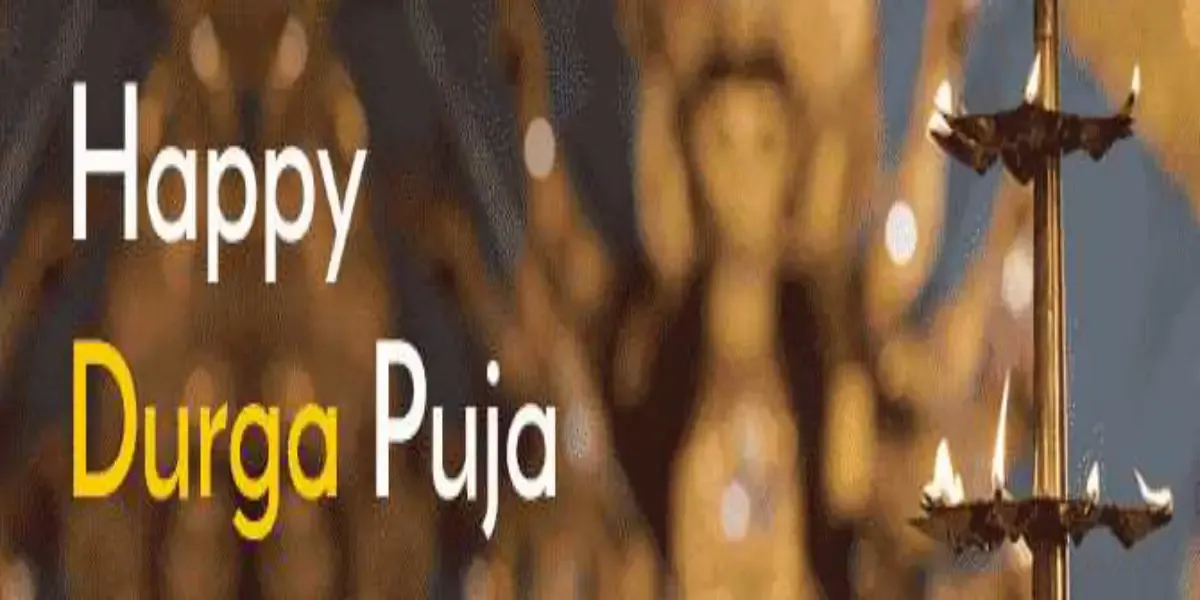
Durga Puja is celebrated in honour of Goddess Durga. This much-awaited festival is celebrated in the Hindu calendar month of Ashvin that typically falls in the month of September or October in the Gregorian calendar. This year, Durga Puja will begin on Thursday, 22nd October and end on Monday, 26th October.
Significance of Durga Puja
Maa Durga represents destruction of evil and protection of good. It is believed that in order to become divine, one should keep one's animal instincts under control. And so, by worshiping Durga, the idea of ruthless destruction is invoked to annihilate all desires and, instead, invoke divinity.
Celebration of Durga Puja
The festival is popular in the states of Bihar, Jharkhand, Odisha, Assam, Tripura, and also in neighbouring countries like Nepal, where it is called Dashain. It is particularly celebrated in Kolkata, in the state of West Bengal, to celebrate the unfathomable power of Goddess Durga. What many people do not know is that this day also marks the beginning of all types of learning. Starting anything new on Durga Puja is considered to be very auspicious as it brings you success.
Navratri 2020 | Dussehra 2020 |
During Durga Puja, the Divine Mother is represented and worshiped in her three different forms as Durga, Lakshmi and Saraswati. This festival is celebrated during the period of Navaratri, from the 6th day till the 9th day.
On the first 3 nights of the Navratri festival, Goddess Durga is worshipped. On the following three nights, Goddess Lakshmi is worshipped. On the last three nights Goddess Saraswati is worshipped. On the 10th day of Navaratri, the idols of Goddess Durga are immersed into water. The 10th day is called _Vijayadasami, ‘_Vijaya’ meaning victory, the victory over one's own mind and ‘dasami’ meaning tenth.
Rituals of Durga Puja
The 5 most important days of Durga Puja include Maha Shashti, Maha Saptami, Maha Ashtami, Maha Navami, and Vijaya Dashami.
- Maha Shashti - it is believed that Goddess Durga transcends on earth from her heavenly abode along with her children. Idols of the Goddess are also set up in the temples and the ritualistic unveiling ceremony of the idol is performed. After this, the main festivities of the festival begin.
- Maha Saptami - The major rituals of Durga Puja start on the 7th day. A priest is called upon to chant the mantras of the puja and perform aarti. The priest, then, places the three goddesses beside the idol of Lord Ganesha, who is believed to be the bestower of wisdom and good fortune. They are then worshiped together.
- Maha Ashtami - On the eighth day of Durga Puja young girls are worshipped in a ritual called kumari puja. It is believed that on the evening of Ashtami, Navami begins, so the Sandhi Puja interlinks the two days.
- Maha Navami - The 9th day of Durga Puja is considered one of the most significant days of the festivities. On this day, Maha Arti is performed, which proclaims the formal end of the religious ceremonies. The streets of Kolkata especially, become an ocean of people dancing and singing, soaked in the festive mood. Food in the form of Navamibhog is offered to the Goddess and later distributed among the devotees as ’prasad’’.
- Vijaya Dashami - On the last and final day of Durga Puja, married women play with vermilion and accompany the procession that culminates at the nearby river or pond where, with teary eyes, devotees submerge the idols of the Goddess in water. This custom, known as Visarjan, symbolises the return of the divine mother to her holy abode with her children.
Apart from these rituals and customs, people also make special sweets during this festival. New clothes are bought and worn during the celebrations. All around, people celebrate with merriment, the victory of good over evil.
Read more : The Nine Forms of Durga
Our in-house team of writers comprises of vibrant, like-minded, and curious souls who are passionate about helping people find joy and motivation through the magic of words. Our writers are keen on using their skills to make the study of divination sciences a guiding tool in people's lives. They hold expertise in writing on a myriad of topics related to Indian Astrology, Spirituality, Planetary Movements, Vastu Shastra, Numerology, and Tarot among several others. The Astroyogi team aims to write articles that can help the readers lead a life of peace and tranquility whilst enjoying the many ups and downs of life!


























